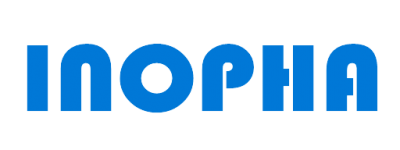Onychia, also know as ringworm of nails, is a medical term denoting a specific type ofinfection that affects the fingernails and toenails. It cause irritation of the nail folds and brings unpleasant exprience for patients. Common treatment for Onychia are external drugs. And the main drugs are Ciclopirox Olamine , Amorrofen and Efluconazole. Onychia, also know as ringworm of nails, is a medical term denoting a specific type ofinfection that affects the fingernails and toenails. It cause irritation of the nail folds and brings unpleasant exprience for patients. Common treatment for Onychia are external drugs. And the main drugs are Ciclopirox Olamine , Amorrofen and Efluconazole.
Ciclopirox Olamine
- Ciclopirox Olamine is a synthetic hydroxypyridine antifungal drug. It is the first local therapeutic drug approved by FDA to treat mild and moderate onychomycosis.
- Ciclopirox Olamine has a certain antibacterial effect on dermatophytes, yeasts and non-dermatophytes filamentous fungi.
- Its mechanism of action is to integrate trivalent cations in fungal cells and inhibit metal-dependent enzyme activities to affect the degradation of toxic metabolites and energy synthesis in fungal cells.
- Clinical report shows that Ciclopirox Olamine works well for the treatment of Onychia.
Amorolfine
- Amorolfine is a derivative of the phenylpropine class of drugs with broad-spectrum bactericidal and antibacterial effects.
- It mainly inhibits the synthesis of ergosterol on the fungal cell membrane, changes the permeability of the cell membrane, changes the internal environment and membrane protein functions, and inhibits the growth of the fungus.
- It is reported that Amorrophine act for a longer time than Ciclopirox Olamine .
Efluconazole
- Efinaconazole is approved by U.S. FDA in June 2014.
- This drug is the first topical triazole antifungal drug with broad-spectrum antifungal activity and is used for the local treatment of nail infections caused by dermatophytes and yeast.
- Phase III clinical trial (10% efluconazole solution, l times/day, course of treatment for 48 weeks) shows that the mycological cure rate of was 53% ~ 55%, and the complete cure rate was 15% ~ 18%.
